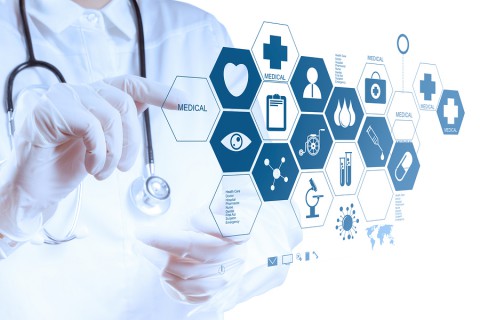 As the applications for technology in medicine evolve at a dizzying pace, opportunities continue to unfold for professionals with the right training and experience. Through internships, professional mentoring and online classes, professionals can merge interest areas and build new skills. Opportunities exist for entrepreneurs, as well as technicians and assistants to support new research projects over the coming decades. Here are a few of the areas with greatest growth:
As the applications for technology in medicine evolve at a dizzying pace, opportunities continue to unfold for professionals with the right training and experience. Through internships, professional mentoring and online classes, professionals can merge interest areas and build new skills. Opportunities exist for entrepreneurs, as well as technicians and assistants to support new research projects over the coming decades. Here are a few of the areas with greatest growth:
Bionics
Recently, the National Air and Space Museum unveiled the first ever bionic man created from synthetic body parts. It can walk, talk and interact with real people. Inspiring creativity and future innovation is part of its mission at the museum. At the same time, people with amputations are being fitted with incredible bionic limbs that are fully integrated with the person’s brain through sensors at the remaining nerve endings near the amputation site. All a person has to do is to think about the movement they want to make and the prosthetic limb moves as directed. While the most sophisticated limbs are still in clinical trials, the end result will be a better prosthetic limb available to more people in the coming years.
Robotic Surgery
Highly precise robotics are aiding in intricate surgeries, such as eye and brain surgery. Sensors can improve precision beyond the capability of the human eye. In the future, medical robotics will aid in diagnostics and even perform procedures under the watchful eyes of skilled technicians and medical personnel.
Genomics
Through better understanding of the direct connection between an individual’s genetic makeup and disease, doctors can prescribe pharmaceuticals that are designed specifically for that person’s own unique body chemistry. In addition, through a better understanding of a patient’s genetic history, medical professionals can use the information for more complete early diagnostics and treatments aimed at preventing the onset of inherited diseases.
The wide variety of technological innovations available for medical application is growing every day. As medicine and technology continue to merge in fascinating and profound ways, professionals interested in participating in these new career paths must seek training and education aimed at preparing them for an engaging role in this quickly growing field.









